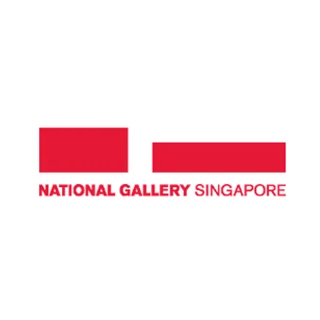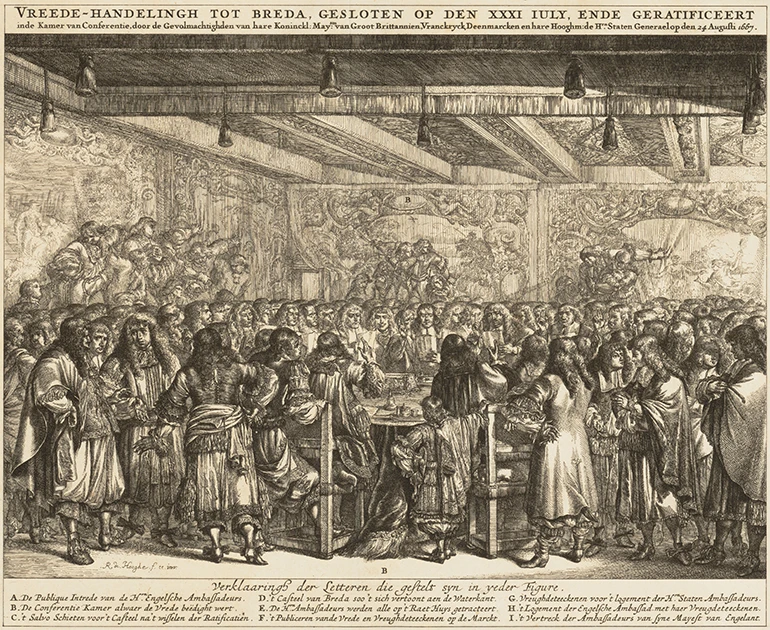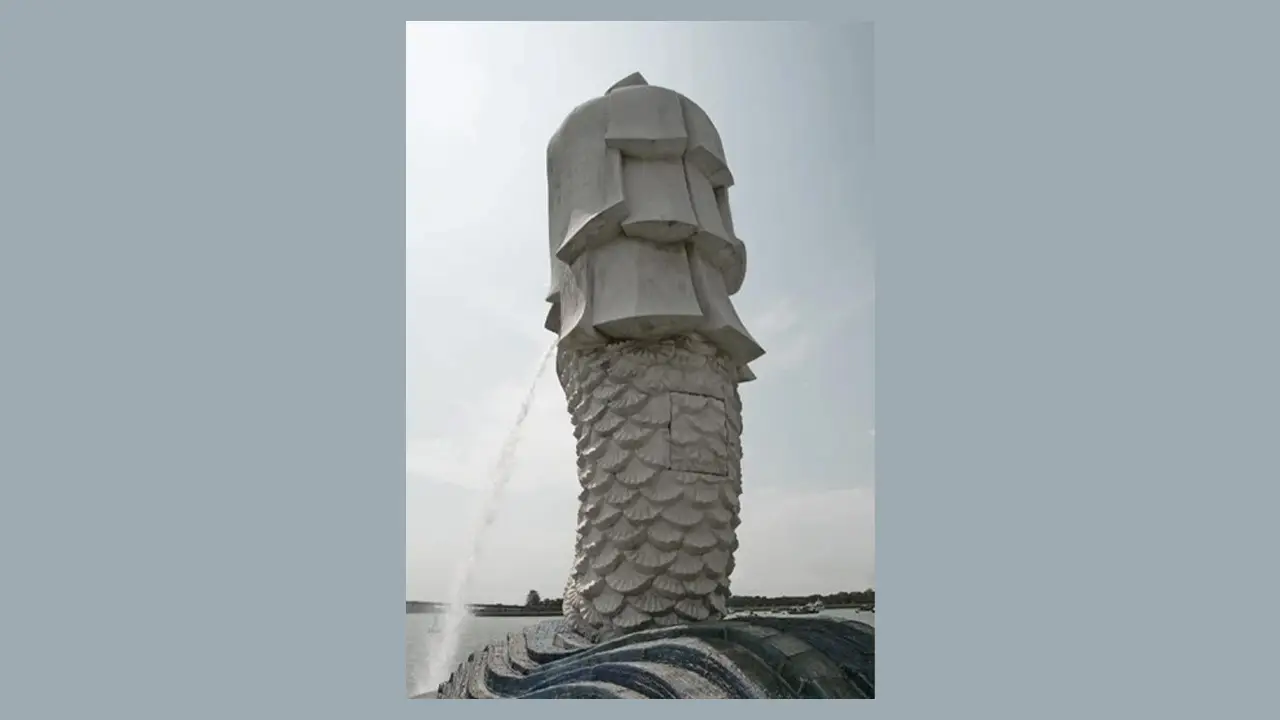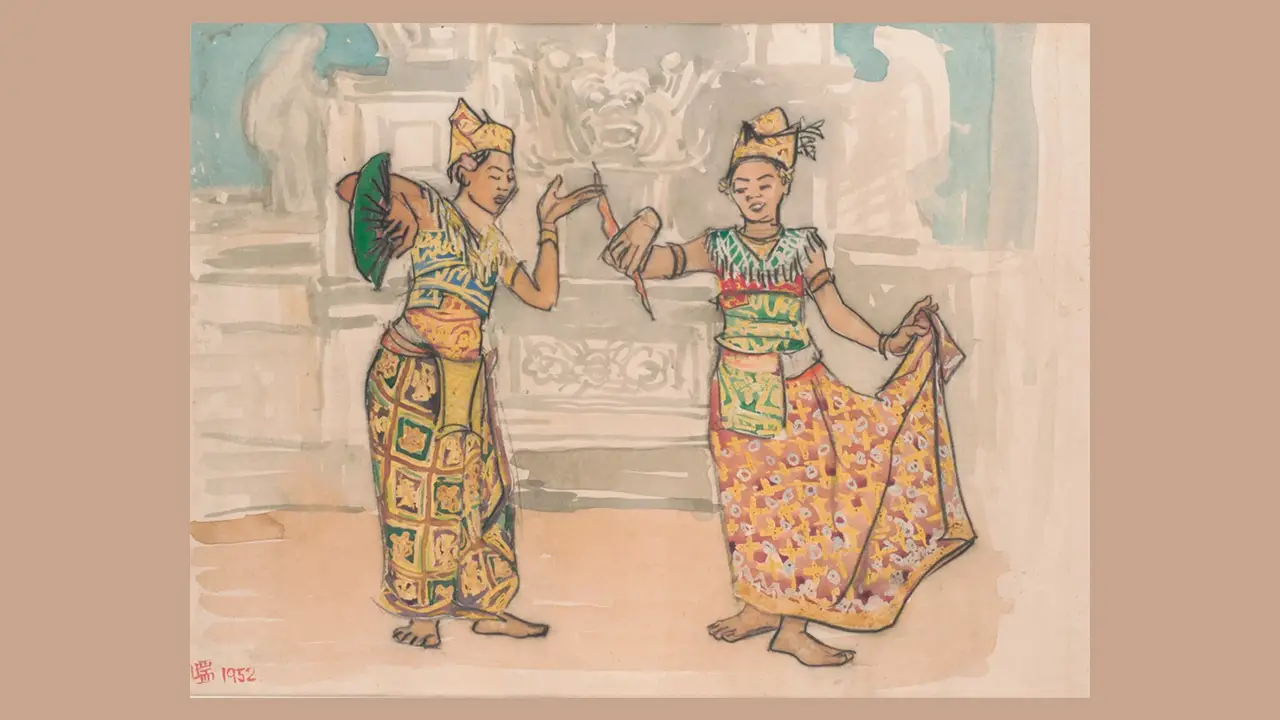Into the Light: Constancio Bernardo and Bernadian Synthesis No. 1
Philippine artist Constancio Bernardo left for Yale University a figurative painter and returned to Manila three years later with a practice centering around geometric abstraction. Curator Clarissa Chikiamco takes a closer look at Bernardo's work Bernadian Synthesis No. 1, a triptych from an exhibition that marked this new stage in his practice.
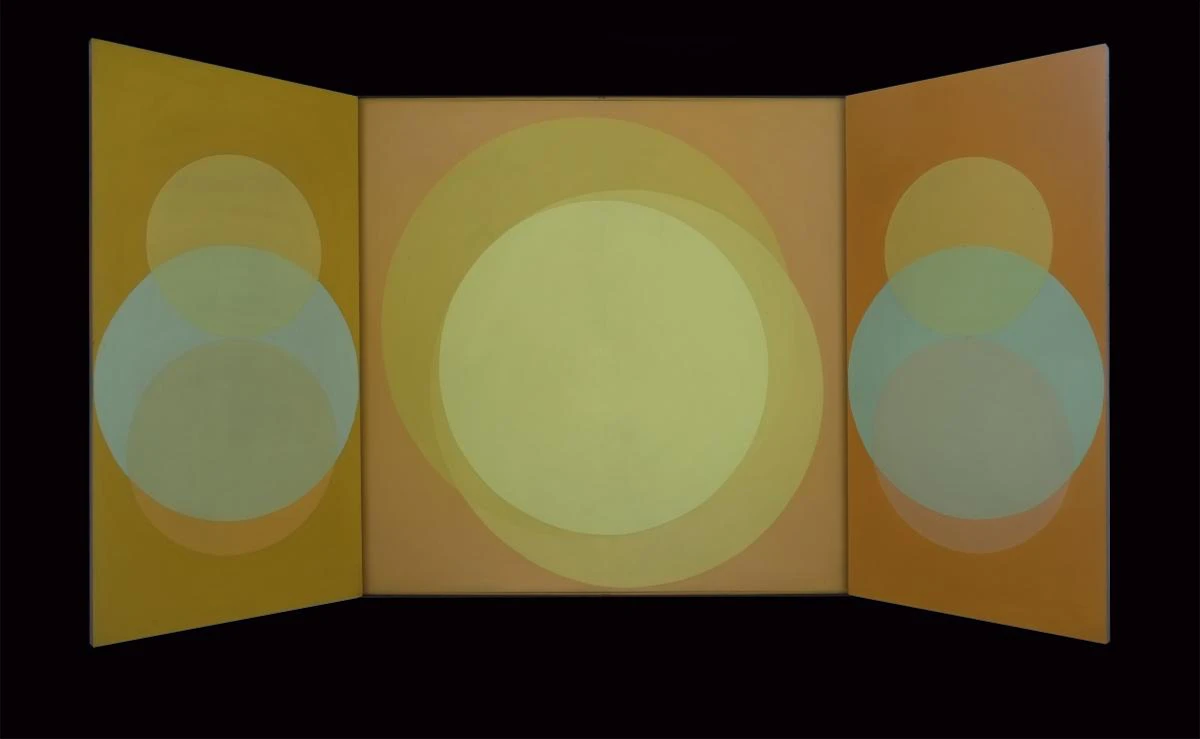
Bernardian Synthesis No. 1, 1978
Acrylic on canvas
122 x 244 cm (open)
122 x 122 cm (closed)
Collection of National Gallery Singapore
Image courtesy of the Museo
Bernardo Foundation, Inc.
When Constancio Bernardo (1913–2003) returned to Manila in 1952 after three years in Yale University in the United States, he came back a different artist. He had left the Philippines in 1948 as a figurative painter. Then, he had just graduated from the University of the Philippines’ fine arts school, mentored by the school’s dean, Fernando Amorsolo, an artist who was well-known for picturesque scenes that romanticised the countryside. Yet in America, he became influenced by another artist, Josef Albers, a German émigré who had taught at the famed Bauhaus design school and known for his geometric abstraction. Bernardo turned to abstraction himself, experimenting with it and eventually submitting an abstract painting as part of his thesis work. Albers reportedly told Bernardo, “When you return to Manila, you will create an explosion in art.”
Yet the prophesied explosion never happened. Upon his return, Bernardo, who began teaching at his former school, felt pressured to hide his preference for abstraction. The art critic Ricaredo Demetillo wrote at the time, “Bernardo had been forced practically to hide his modernist paintings for fear that he would be damned by unsympathetic fellow faculty members and frowned on by the head of his department, now retired.” When he finally exhibited his abstract paintings in a solo show in 1956 at a venue which championed modern art, the Philippine Art Gallery, Demetillo called him “one of the most exciting painters in the country,” likening him to other Philippine modernists such as Hernando Ocampo, Vicente Manansala, Arturo Luz, Fernando Zobel and Victor Oteyza. It seemed this encouragement was not enough. After another solo show in 1958, his next solo exhibition would be more than a decade later, in 1969. Following his re-emergence, Bernardo wrote, “Samples of this phase were exhibited at the Philippine Art Gallery, and at the University of the Philippines in the early 1950s, drawing some attention yet somehow misunderstood. I had to discontinue this phase due as much to lack of the right material/medium as to my time being mostly then devoted to teaching art at the University of the Philippines. This gap however served well as a period of gestation.”
He exhibited actively in the 1970s, and in 1978 had a major solo exhibition at the Museum of Philippine Art (MOPA). The art critic Leonidas Benesa wrote, “The present show at the MOPA may instead be looked upon as valedictory, a gesture of farewell to [Bernardo’s teacher Josef] Albers.” It marked a new stage of confidence in Bernardo’s abstract art practice, a stark contrast to the discouragement and anxiety he felt over his abstract art practice in the ‘50s. On display in this exhibition was Bernardian Synthesis No. 1, a major painting composed of five separate paintings. Presented together, it is one of Bernardo’s largest works.
Acrylic had become more widely available then; it appeared flatter once applied and was a medium Bernardo felt better suited to his practice than oil. The title of the artwork itself diverged from his earlier series titled Homage to Albers, patterned after Alber’s own well-known series Homage to the Square. By using his own name, the title reflects Bernardo’s assertion that though he had been strongly influenced by his teacher, he had finally come into his own.
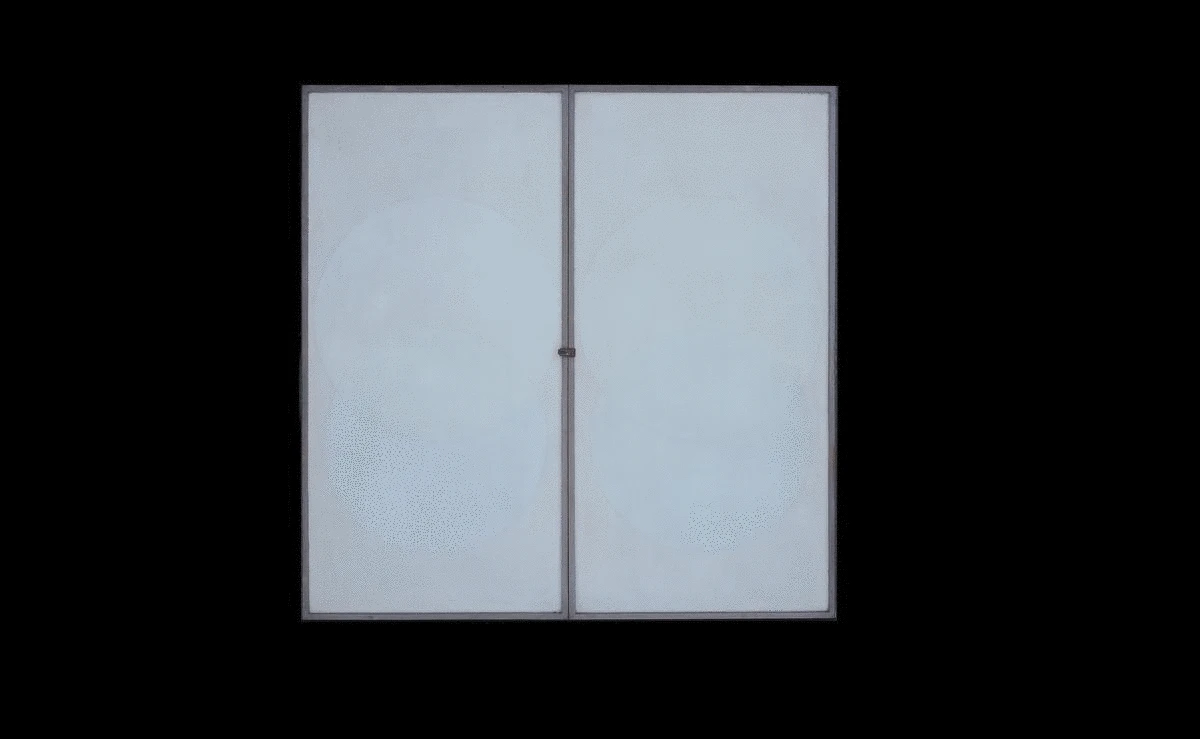
Two paintings make up the front panels of Bernardian Synthesis No. 1, each with intersecting pairs of circles in varying shades of white. The panels can be unlocked and opened, revealing a triptych. The side panels consist of a yellow background with three intersecting circles in shades of yellow and pale green. The centre piece likewise is composed of a yellow background with three overlapping circles in yet even more shades of yellow. The different tones bring to mind, as Benesa said, “Bernardo’s feeling that in themselves colours are pure vibrations, just like notes on the musical scale.”

Bernardo’s return to Manila in 1952 did not cause any explosions, but its vibrations were felt over time. Bernardo’s initial hesitation for his practice of abstract art gave way to his true artistic interests. On his contribution to abstract art in the Philippines, Benesa even claimed, “In the field of abstraction, particularly of the geometric-planar, optical-painting variety, Constancio Bernardo is second to none in this country.”
References and Further Reading
On Josef Alber’s influence on Constancio Bernardo and his practice in the ‘70s, see Leonidas V. Benesa, “Constancio Bernardo’s Farewell to Albers” in Constancio Bernardo, exhibition catalogue (Manila: Museum of Philippine Art, 1978) 1-3.
For a biography of Constancio Bernardo and a listing of some of the publications on the artist, see Angelo Bernardo, Constancio Bernardo: A Life in Sketches ([Makati City, Philippines]: Soumak Collections, Inc., 2013).
On Constancio Bernardo’s solo exhibition at the Philippine Art Gallery in 1956 and initial reception to his abstract painting, see Ricaredo Demetillo, “An Auspicious Start,” Woman and the Home, 22 March 1956, 12-13. Purita Kalaw-Ledesma Archives, Art VI, 64, 67. Courtesy of Kalaw-Ledesma Foundation.
For Constancio Bernardo’s solo exhibition at the Cultural Center of the Philippines in 1971, see Constancio Bernardo, “Artist’s notes” in Ensemble 1 in November, exhibition catalogue, 17 November – 5 December 1971, Small Gallery, Cultural Center of the Philippines (Manila: Cultural Center of the Philippines, 1971) n.p.
For a more contemporary reception to Constancio Bernardo, see Yolanda Johnson, ed. Constancio Bernardo (Makati: Soumak Collections, Inc., 2013).
Editor's Note: Constancio Bernardo’s Bernardian Synthesis No. 1 is on display in UOB Southeast Asia Gallery 9 as part of the exhibition, Between Declarations and Dreams: Art of Southeast Asia since the 19th Century. More materials on Constancio Bernardo can be found at the Gallery’s Library & Archive.








-min 1.png)
